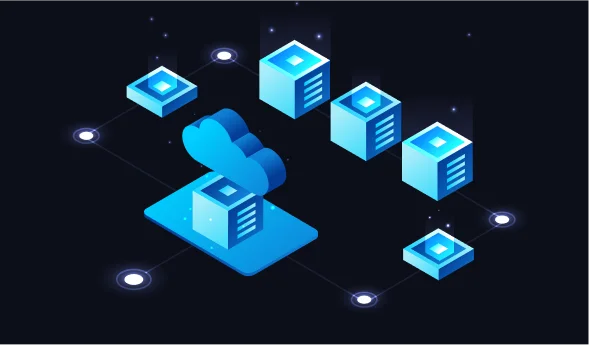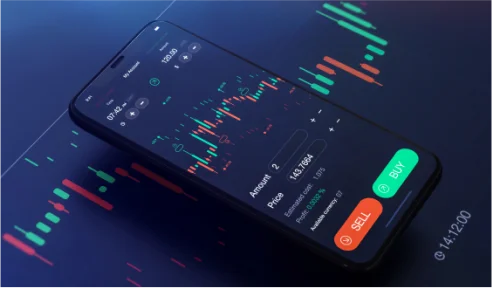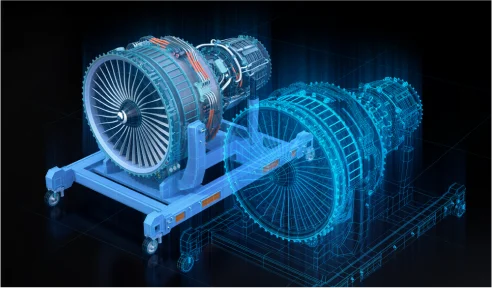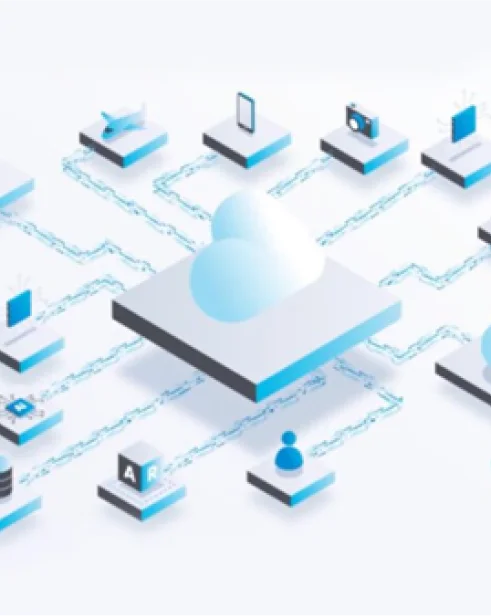What Is Event-Driven Architecture?
A lot has changed since businesses began developing mission- critical applications using a database as the central location for ingesting, storing, analyzing, and exporting virtually everything going in and out of the business.
The problem is, as businesses become more distributed and the world more fast-paced, more types of data need to be analyzed and integrated in real time; a much more agile and responsive application architecture is required in order to simply keep up, let alone get ahead. It’s time to ditch the database and transition to event-driven architecture.
Event-driven architecture(EDA) is software development paradigm in which the application is laid out as a series of commands, events, and reactions. This is in contrast to a database- centric approach, where incoming data is stored in a database and then called upon later for further analysis.
An event, in this case, is any situation of interest that is generated with the use of Internet of Things (IoT) sensors, user-driven interfaces, camera and object recognition systems, and many more sensory mechanisms in the modern enterprise.
By switching to an event-driven approach, organizations can undergo digital transformation much easier, incorporating new technologies such as artificial intelligence, digital twins, edge computing, and more into new or already existing applications.





